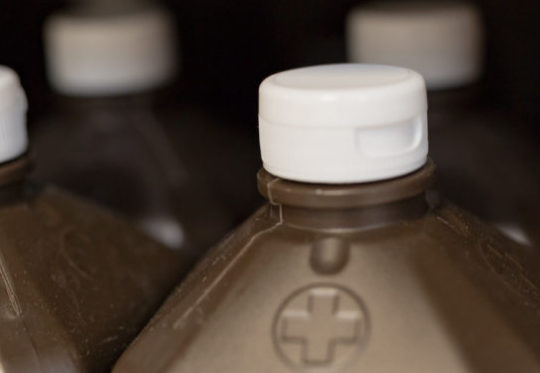Gel ice packs are versatile, handy tools for managing various health and household needs. These packs, typically filled with a gel that stays cold for extended periods, are used for therapeutic purposes, first aid, preserving food, and more
What Are Gel Ice Packs?
Gel ice packs are portable and reusable containers filled with a gel-like substance that retains cold temperatures for an extended duration. These packs are designed to provide a convenient means of applying cold therapy, relieving pain, and preserving perishable items. The gel inside the pack is often a water-based solution containing a polymer that keeps it flexible and pliable even when frozen.
Gel ice packs come in various shapes, sizes, and designs. Some are tailored for specific applications, such as smaller ones for injuries or larger ones for use in coolers. Their versatility makes them a staple in both medical and household settings.
How Long Do Gel Ice Packs Last?
The longevity of gel ice packs varies depending on several factors, including the quality of the pack, usage, and storage conditions. For high-quality options, check out gel ice packs that offer durability and performance. Here’s a breakdown of these variables
- Quality of the Gel Pack: The quality of the gel ice pack plays a significant role in its durability. High-quality gel packs are typically more robust and can withstand repeated freezing and thawing cycles without losing effectiveness. Cheaper or lower-quality packs may degrade faster and might not maintain their coldness as well over time.
- Usage: How frequently and intensively you use a gel ice pack affects its lifespan. Packs used occasionally for minor injuries or cooling purposes last longer than those used frequently for chronic pain management or intense sports recovery.
- Freezing and Thawing: Each time a gel ice pack is frozen and thawed, it goes through a temperature cycle. Over time, this can cause wear and tear on the pack, potentially leading to leaks or reduced effectiveness. Higher-quality gel packs can endure more freezing and thawing cycles without issues.
- Storage Conditions: Proper storage is crucial for maximizing the lifespan of gel ice packs. Storing them in a clean and dry environment helps prevent mold or bacteria growth. Avoid punctures or sharp objects that may damage the pack, and ensure they are appropriately sealed when not in use.
- Durability: On average, a high-quality gel ice pack lasts 2 to 5 years. However, lower-quality packs may have a shorter lifespan, ranging from 1 to 2 years. Regular inspection and maintenance can help extend the life of your gel ice packs.
Best Practices for Maintaining and Using Gel Ice Packs
To make the most of your gel ice packs and ensure they last as long as possible, following best practices in their maintenance and usage is essential.
- Inspect Regularly: Before using a gel ice pack, inspect it for any visible damage, including punctures, leaks, or tears. If you notice any of these issues, it’s best to replace the pack, as a damaged pack can leak its contents or lose its effectiveness.
- Clean and Sanitize: Gel ice packs come into contact with various surfaces and body parts, making it important to clean and sanitize them regularly. To clean a gel ice pack, wipe it down with a damp cloth or a mixture of water and mild soap. Be sure to rinse thoroughly and dry before storing.
- Use a Barrier: If you’re applying a gel ice pack directly to the skin, it’s a good idea to use a thin cloth or towel as a barrier. This helps prevent direct contact with the cold pack, reducing the risk of frostbite or skin irritation.
- Freeze Properly: Following the manufacturer’s instructions when freezing a gel ice pack. Typically, it’s best to freeze the pack for 2-4 hours for optimal coldness. Over-freezing may make the pack too stiff, which can be uncomfortable when applying it to the body.
- Rotate Packs: If you have multiple gel ice packs, rotate their use to distribute wear and tear evenly. This can help extend the lifespan of all your packs.
- Store in a Cool, Dry Place: After each use, store the gel ice pack in a cool, dry place. Avoid direct sunlight or heat sources, as excessive heat can cause the pack to degrade quickly. Proper storage also helps prevent bacterial growth.
In Conclusion
Gel ice packs are invaluable for various applications, including pain relief, first aid, and food preservation. Their durability depends on the quality of the pack, frequency of use, and proper maintenance and storage. By following best practices and taking care of your gel ice packs, you can ensure they last for several years, providing reliable cold therapy and cooling solutions when needed. Whether you’re an athlete recovering from a workout or a parent tending to a child’s bumps and bruises, gel ice packs are a versatile and indispensable addition to your household.







